“It was here that he received a letter from the mother of one of his victims—the man whose brain he had removed. The letter describes the mother’s anguish when her son was arrested by the Kempeitai. It described how she had tried to follow the police truck on her bicycle, but had been unable to keep up; how she had searched everywhere before being told that her son had been taken to the hospital to be dissected alive. ‘I was so sad,’ she wrote, ‘so sad I thought my eyes would burst from weeping. I could not tend the rice paddies I had been cultivating. I could not eat. Yuasa, I hear that you are now under arrest. I asked the government to please punish you severely.’
“This letter, more than anything else, finally brought home to Yuasa the enormity of his wartime actions. Before, he had seen his victims as mere bodies, specimens for surgical instruction—indeed, he had found it difficult to picture what their faces looked like. Now he realized that these people had also been living human beings, with families and communities, and he was able for the first time to recall the look of helpless terror on their faces as he began to operate on them.”
Keith Lowe, The Fear and the Freedom, page 47
The passage above is about Yuasa Ken, a young Japanese army doctor, and concerns surgeries he performed on two Chinese men in March 1942 at the Luan Army Hospital near Taiyuan in Shanxi Province, China. Author Keith Lowe’s theme in the chapter is the myth, in his view, that those who committed horrible atrocities were all “monsters,” in some way devoid of humanity. He recounts how Yuasa, raised to believe in the superiority of the Japanese race and to never question authority, never thought that his actions were wrong. Yuasa was told that the lives of Japanese soldiers would be saved, and believed that Chinese lives were worthless. He went on to supervise another six dissections on 14 people. Yuasa was so oblivious to his deeds that after the war he remained in China, married, and began a family before being jailed by the Communist regime in January 1951 for war crimes. The letter from the mother of his first victim arrived two years later.
From this point forward, Yuasa endured a long period of self-inspection and soul-searching, which shattered the state of denial he had experienced virtually his entire life. In 1956, the Chinese released him, and he was returned to Japan. There, he found that none of his contemporaries in the Japanese medical establishment had undergone any similar examination of conscience, and were mystified by Yuasa’s self-questioning and guilt. Yuasa wrote a book detailing what he and the Japanese army had done in China during the war, but when it was published in the early 1960s he received far more hate mail and condemnation than sympathy for writing honestly about his and Japan’s past. “Denial was everywhere” in Japan, Lowe concludes.
For readers, I think the real value in The Fear and the Freedom is not in Yuasa Ken’s specific story or our judgment of his wartime actions, but in the author’s effort to bring the aftermath of the war into public focus for discussion today. World War II shaped our modern world, and its myths, hopes, dreams, realities, unintended consequences, and legacies exert powerful influence over our perception of our current status and all our tomorrows. As The National WWII Museum works on upcoming plans for its Liberation Pavilion, which will examine the legacies of the war to bring understanding to what it means today, Keith Lowe’s book is an invaluable and wonderful place to think hard and deep about the true meaning and legacy of the war that changed the world.
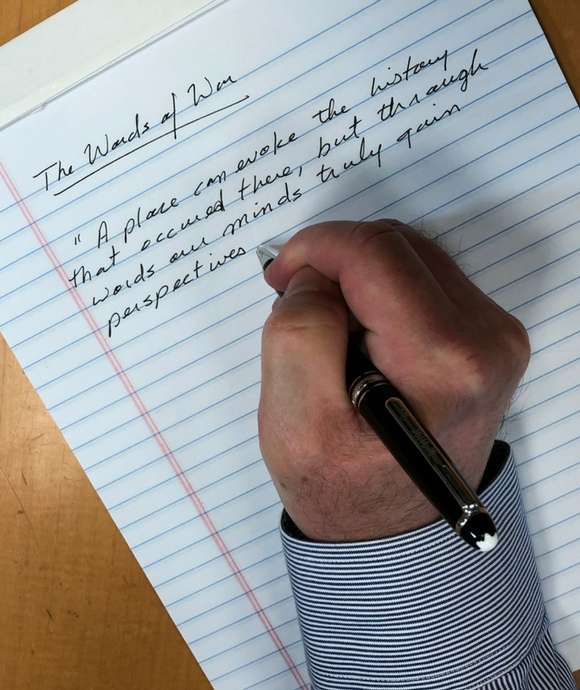
“A place can evoke the history that occurred there, but through words our minds truly gain perspectives and understanding of what it was like to know, feel, experience, hope, fail, triumph, and live through events from which we ourselves were absent. The written word is our most intricate map to retrace and reconstruct what we think happened, and ultimately brings us back to ourselves.”
– Keith Huxen, PhD, Senior Director of Research and History, The National WWII Museum
Keith Huxen
Keith is the former Senior Director of Research and History in the Institute for the Study of War and Democracy at The National WWII Museum.
Cite this article:
MLA Citation:
APA Citation:
Chicago Style Citation:
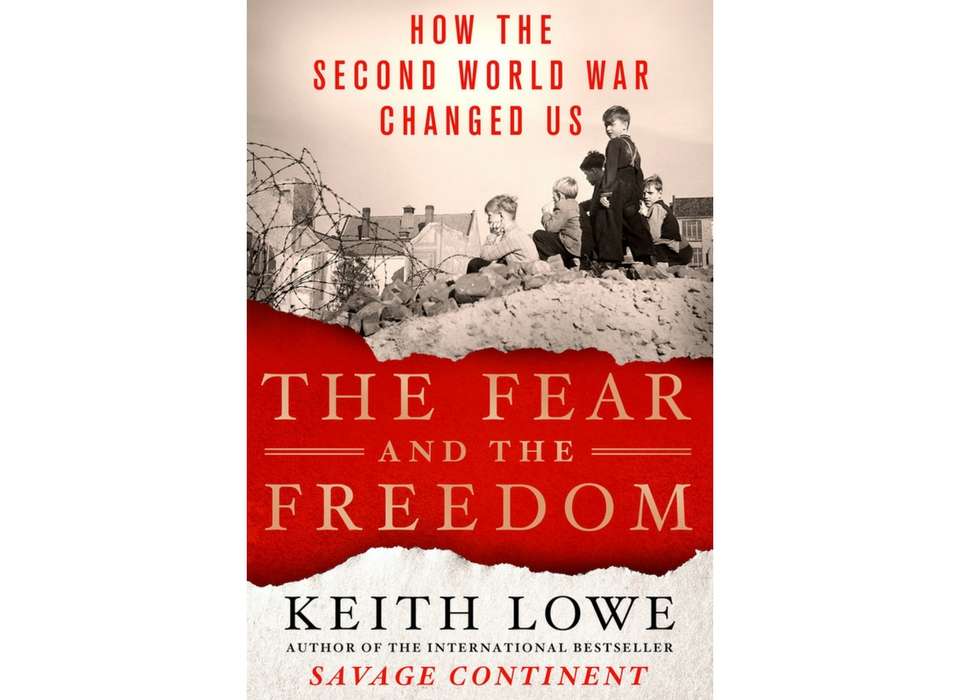

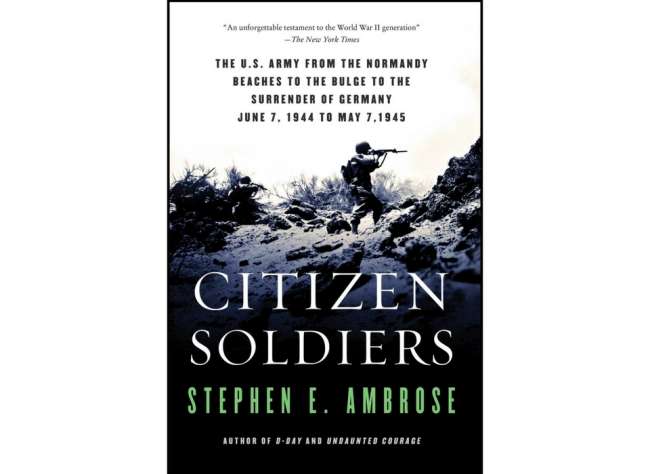
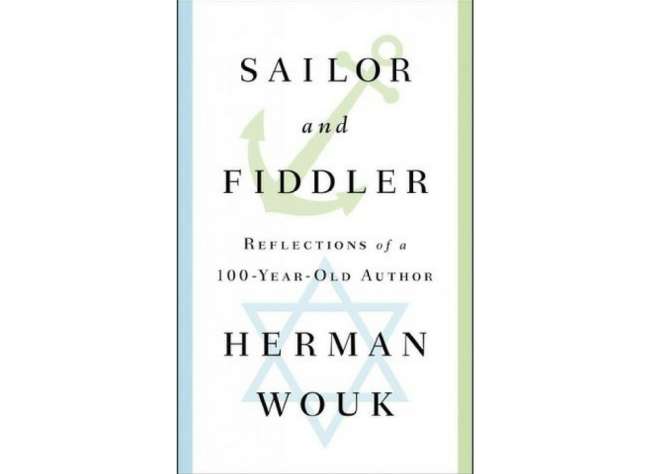
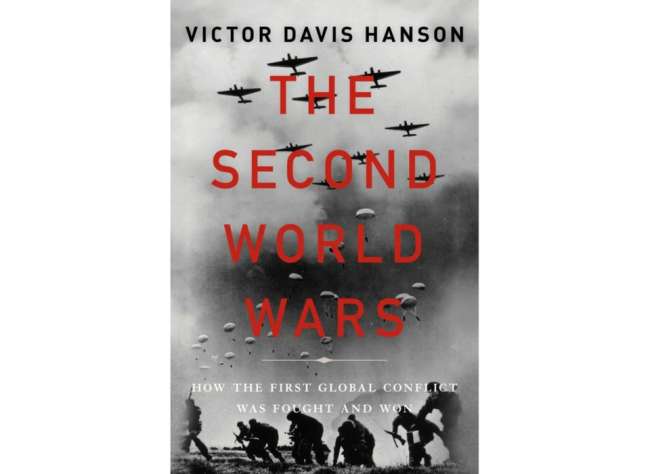





![Max Fuchs, New York City cantor, sings as Rabbi Sydney [sic] Lefkowitz, Richmond, VA, conducts the first Jewish services from Germany.](/sites/default/files/styles/max_650x650/public/2025-10/image1.jpg)

